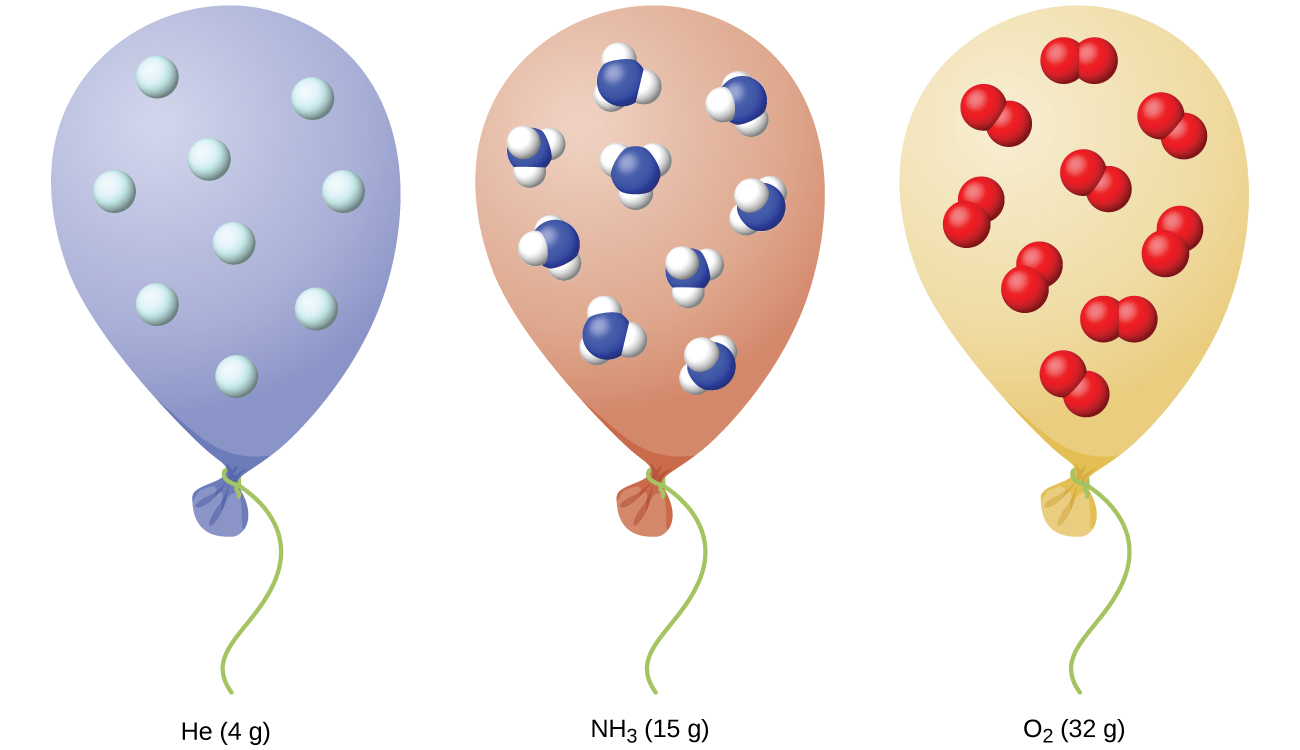Temperature For Helium Balloons The temperature at which the solid liquid phase change occurs Boiling point The temperature at which the liquid gas phase change occurs Sublimation The transition of a substance directly from the solid to the gas phase without passing through a liquid phase Density g cm 3
On average a latex balloon filled with helium will start to lose its lift after about 6 to 8 hours while a foil helium balloon can stay afloat for several days or even weeks The Role of Temperature Temperature also plays a crucial role in how long helium balloons last Helium gas expands in hot weather and contracts in cold weather Key Takeaways Helium Balloons Helium balloons float because helium is less dense than air Helium balloons deflate because helium atoms are small enough to slip between spaces in the balloon material Helium balloons are Mylar and not rubber because there is less space between the molecules in Mylar so the balloon stays inflated longer
Temperature For Helium Balloons
 Temperature For Helium Balloons
Temperature For Helium Balloons
https://chem.libretexts.org/@api/deki/files/102872/CNX_Chem_09_02_HENH3O2.jpg?revision=1&size=bestfit&width=726&height=419
Use this chart to estimate helium needs for latex balloons Volume and lift ability are average estimates Float times for latex balloons vary widely with temperature and atmospheric conditions Larger balloons will float for longer periods of time and float times can be increased by using Hi Float Foil Helium Chart
Templates are pre-designed files or files that can be utilized for various purposes. They can conserve effort and time by offering a ready-made format and layout for creating various sort of content. Templates can be utilized for personal or expert projects, such as resumes, invitations, leaflets, newsletters, reports, presentations, and more.
Temperature For Helium Balloons

Balloon Basics Your Guide To All Things Balloons Party City

Helium Balloons Free Porn Star Teen

Vetor De Charles Law Infographic Diagram Example Helium Balloon When

Helium Density And Specific Weight Vs Temperature And Pressure
/colourful-helium-filled-balloons-against-a-blue-sky-533798056-58bf1a685f9b58af5cc14457.jpg)
Helium Facts Quiz

Helium Filled 28cm Latex Balloons

https://bubbleslidess.com/what-temperature-is-too-hot-for-helium-balloons/
The critical temperature for helium is 268 93 degrees Celsius 452 degrees Fahrenheit which is known as the helium s boiling point If the ambient temperature exceeds this boiling point the helium inside the balloons will begin to boil and expand rapidly

https://www.balloonbizacademy.co.uk/cold-weather-balloons-what-you-need-to-know/
Why Do Balloons Deflate in the Cold Whether you fill your balloons with helium or air you are essentially filling them with a form of gas Lots of molecules are needed to fill the capacity of the balloon These molecules are susceptible to temperature

https://science.howstuffworks.com/helium3.htm
If you heat the air inside the balloon 100 degrees F hotter than the outside air temperature then the air inside the balloon will be about 25 percent lighter than the air outside the balloon So a cubic foot of air weighs about 35 grams at 32 degrees F A cubic foot of hot air at 132 degrees F will weigh 25 percent less or about 26 5 grams

https://www.ehow.com/about_5347314_climate-do-helium-balloons-prefer.html
Best Climate Helium is sensitive to temperature changes Cold air causes the helium to shrink which makes the balloon appear to deflate although it still floats Heat can cause the helium to expand and the balloon to burst Latex balloons are also sensitive to light and balloons of any kind are weakened by dirt and dust

http://scienceline.ucsb.edu/getkey.php?key=1678
If you are using degrees Fahrenheit you need to add 460 to get absolute temperature These would then be called degrees Rankine R For example if the balloon s temperature is 73F its absolute temperature would be 533R
Flying on a balloon above 100 000 feet allows an experiment to have a clear view of the heavens above This can allow for excellent views of heavens without Explore it will float at a lower altitude since the helium can lift less mass at a lower temperature If the balloon vents helium during the day it will also have less lift Usually 9 inch latex balloon 6 12 hours 11 inch latex balloon 12 24 hours 18 inch foil balloon Several days to a week 30 inch foil balloon Several weeks Overall the lifespan of helium filled balloons depends on several factors including their size material temperature humidity and pressure
1 if air temperature increases without increasing temp of helium that will decrease density of air so buoyancy force decreases 2 but if helium temperature increase volume is constant so pressure increases then helium density is constant and density of air decreases so the buoyancy force decreases 3